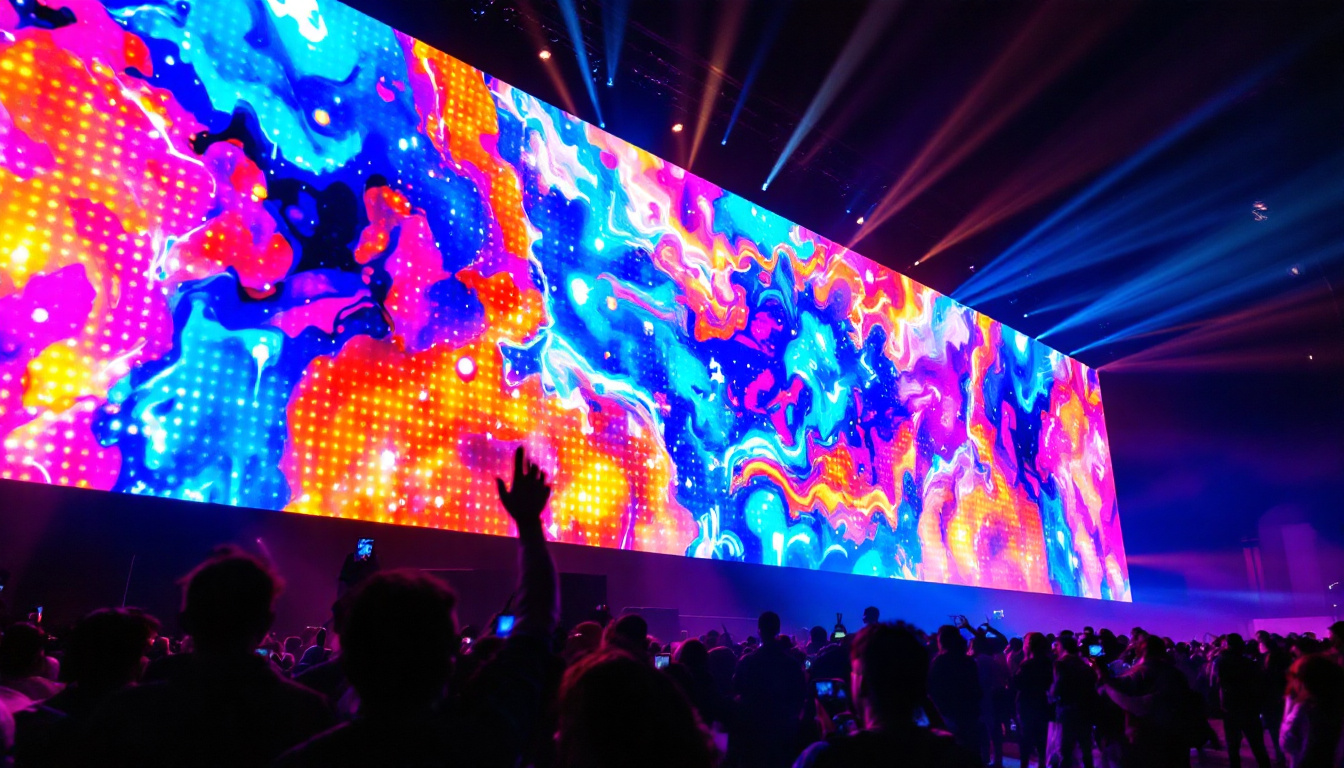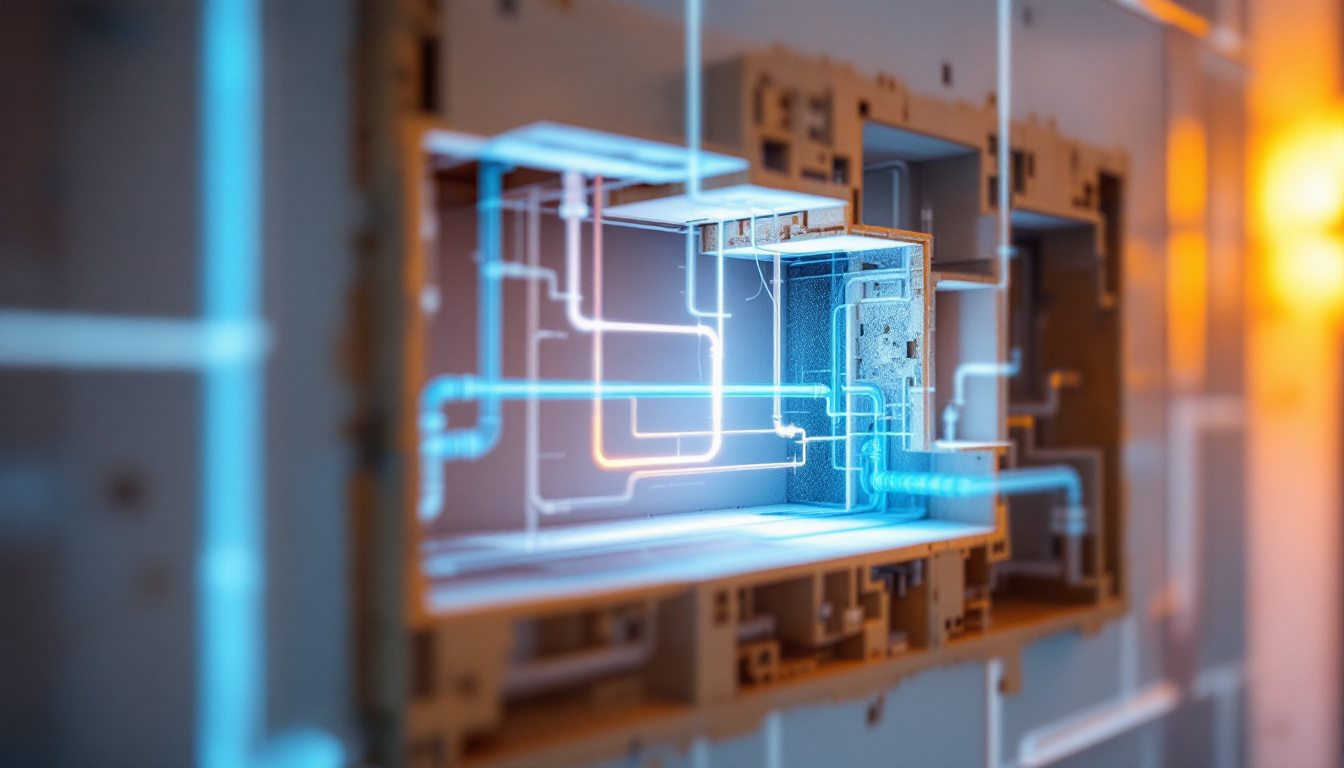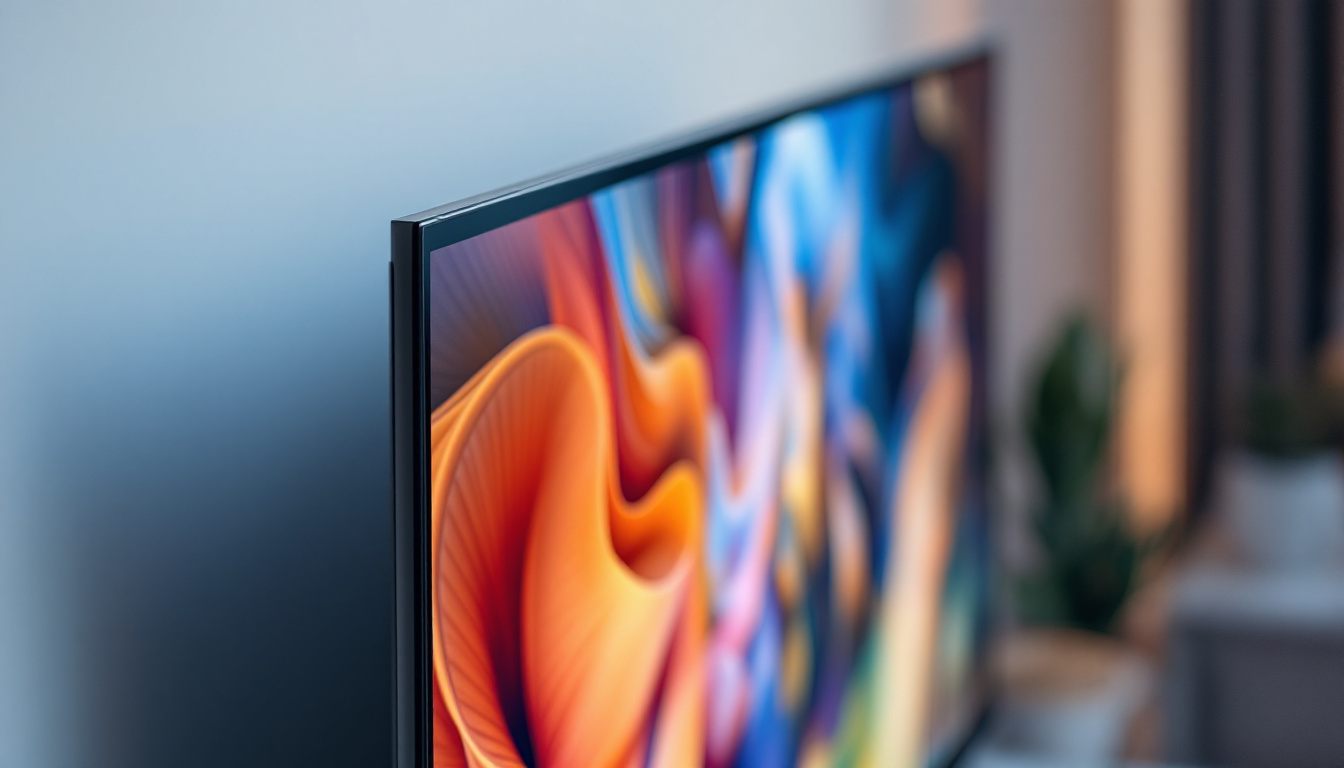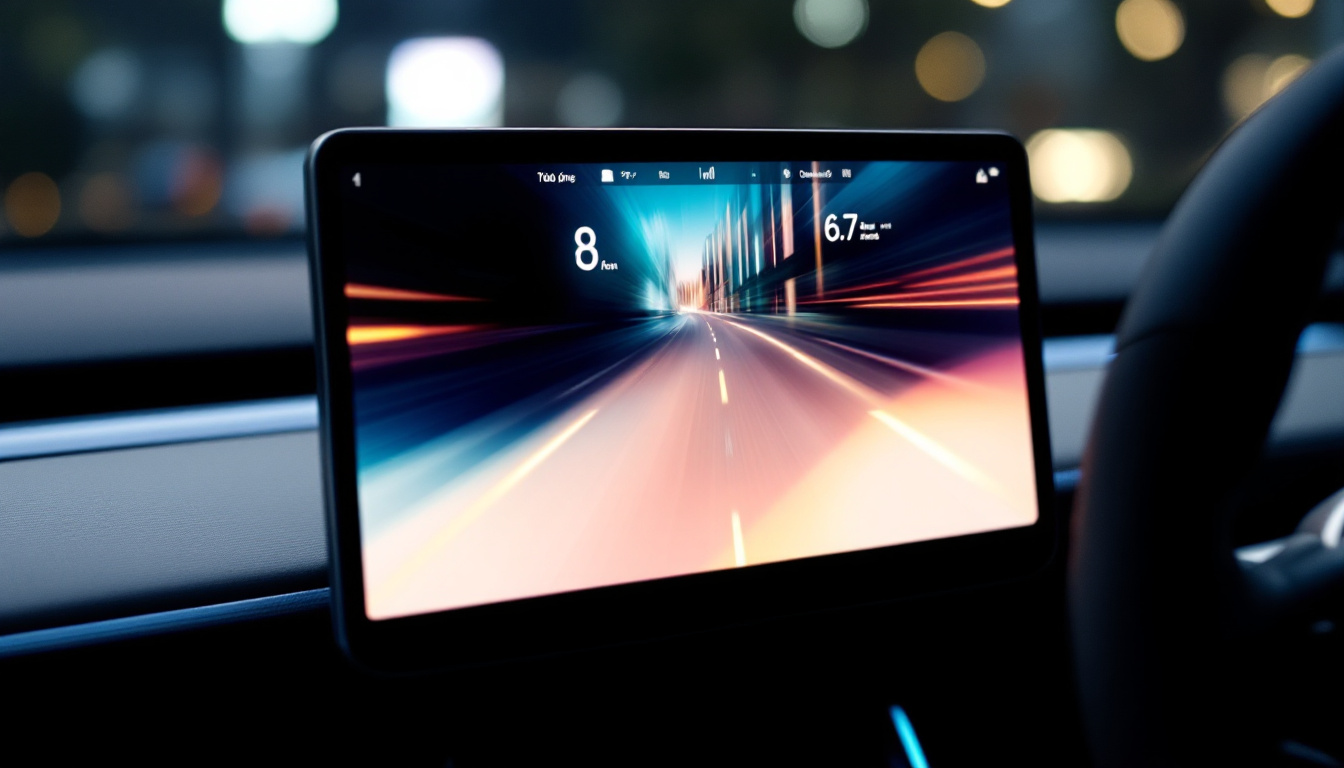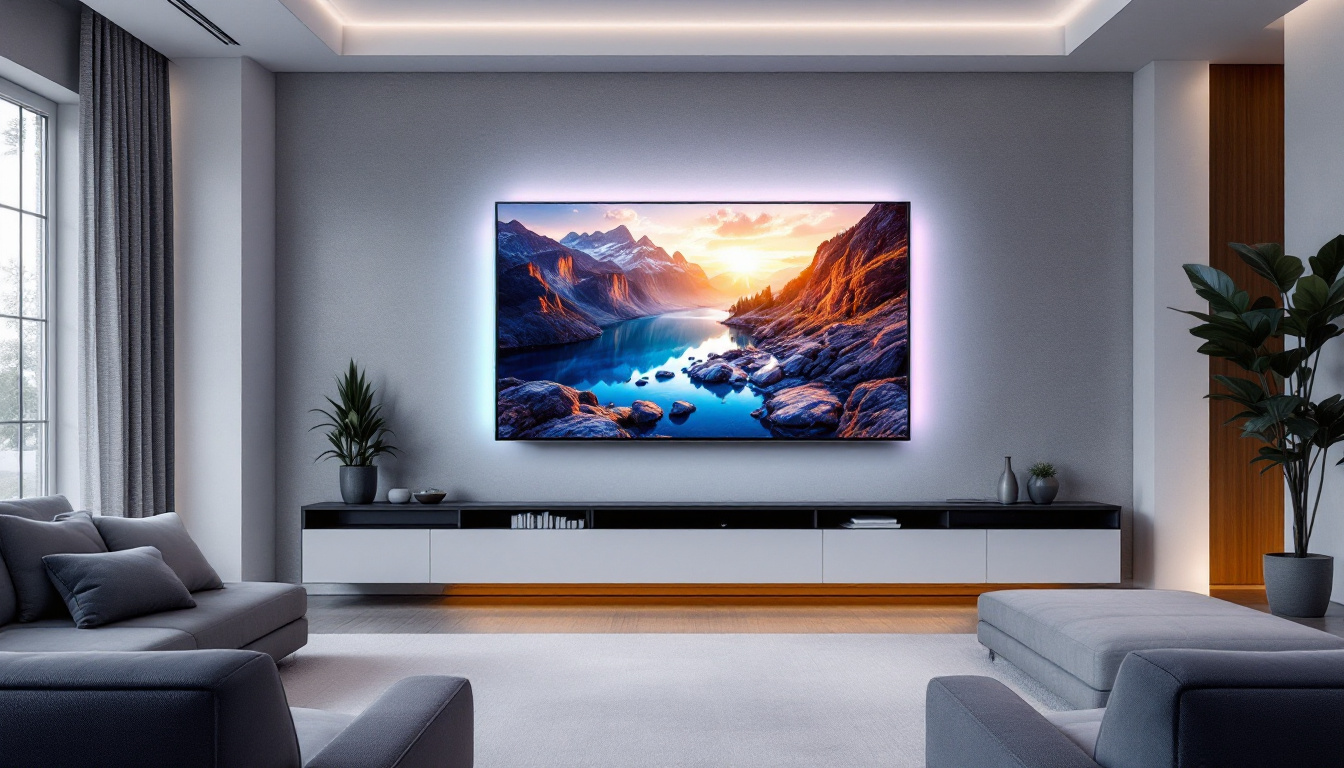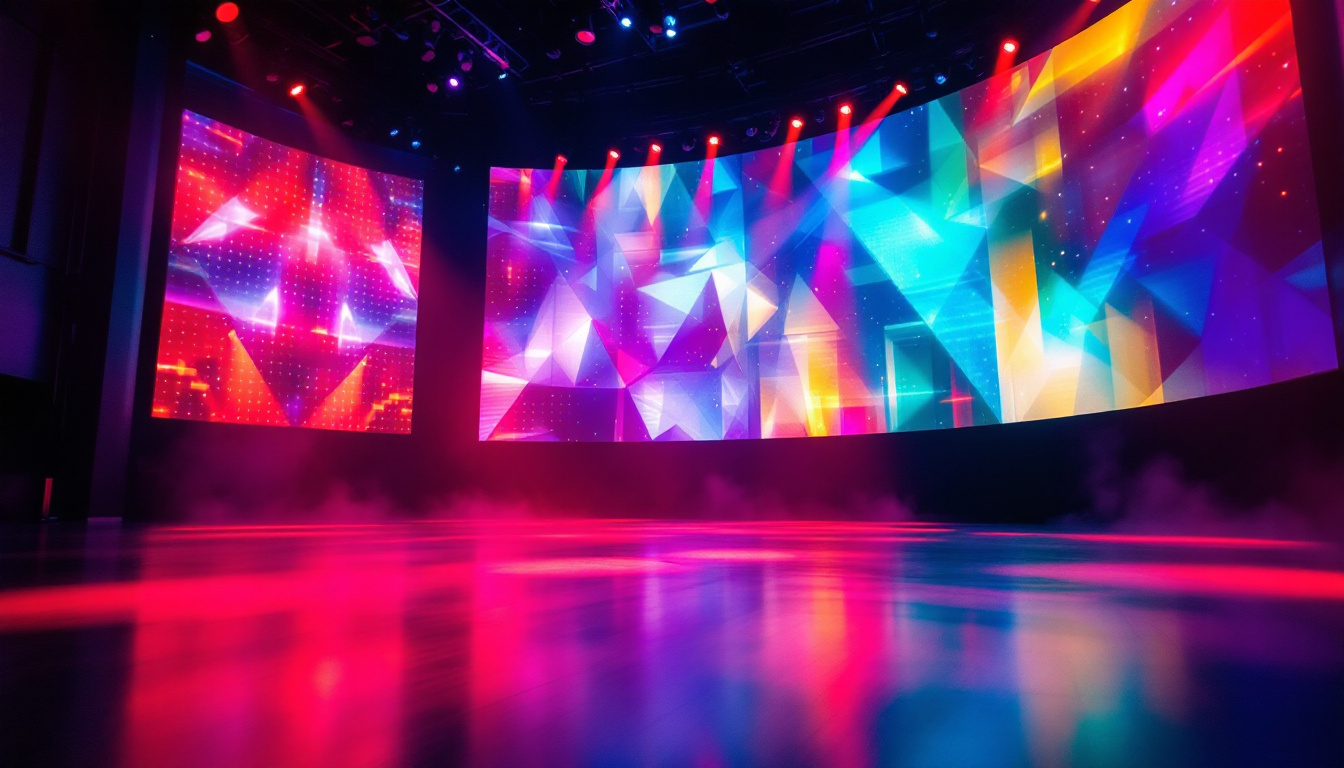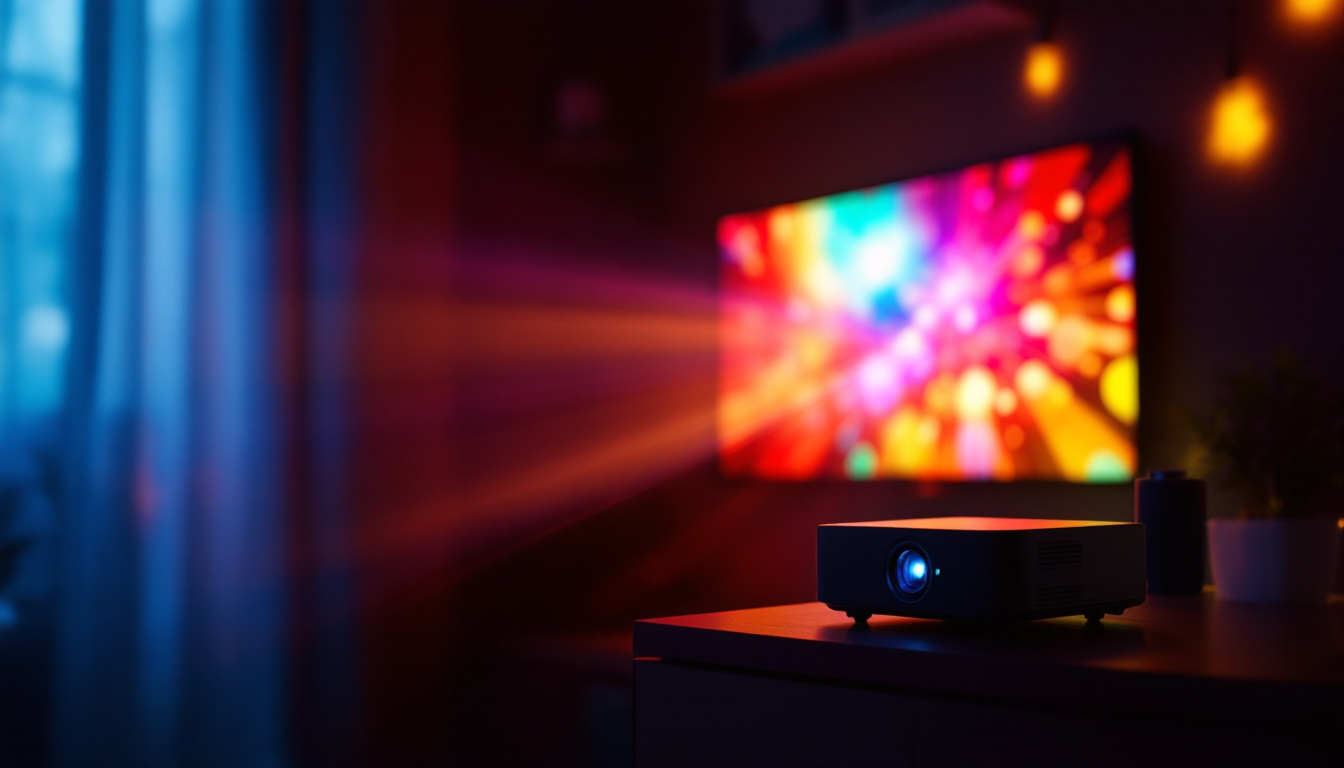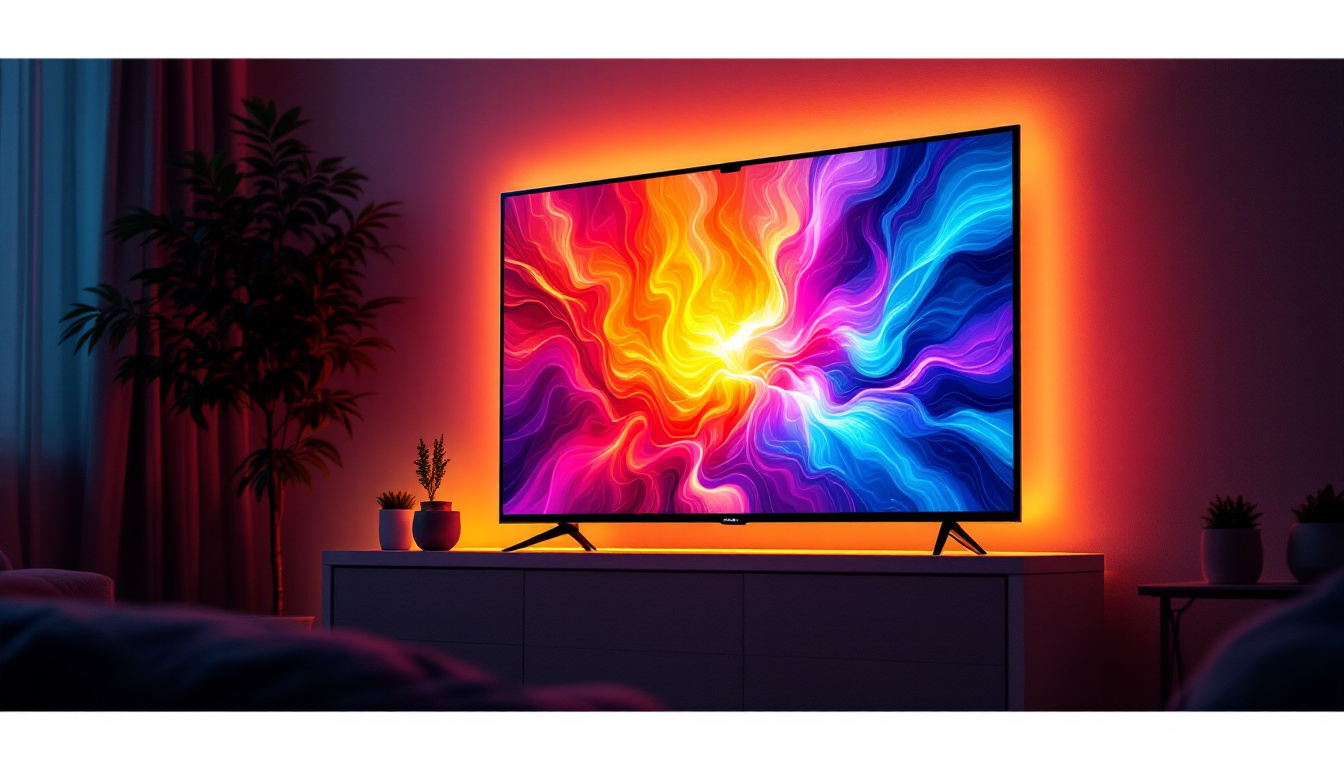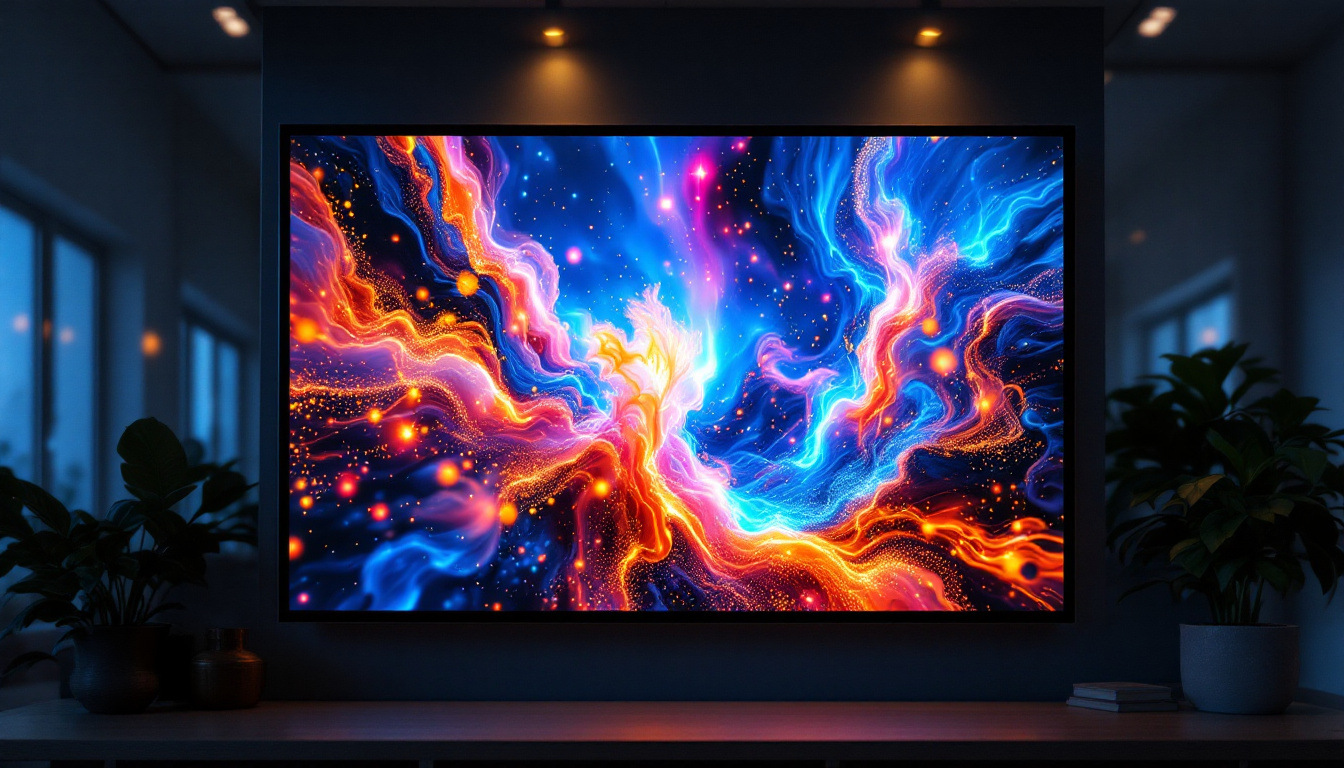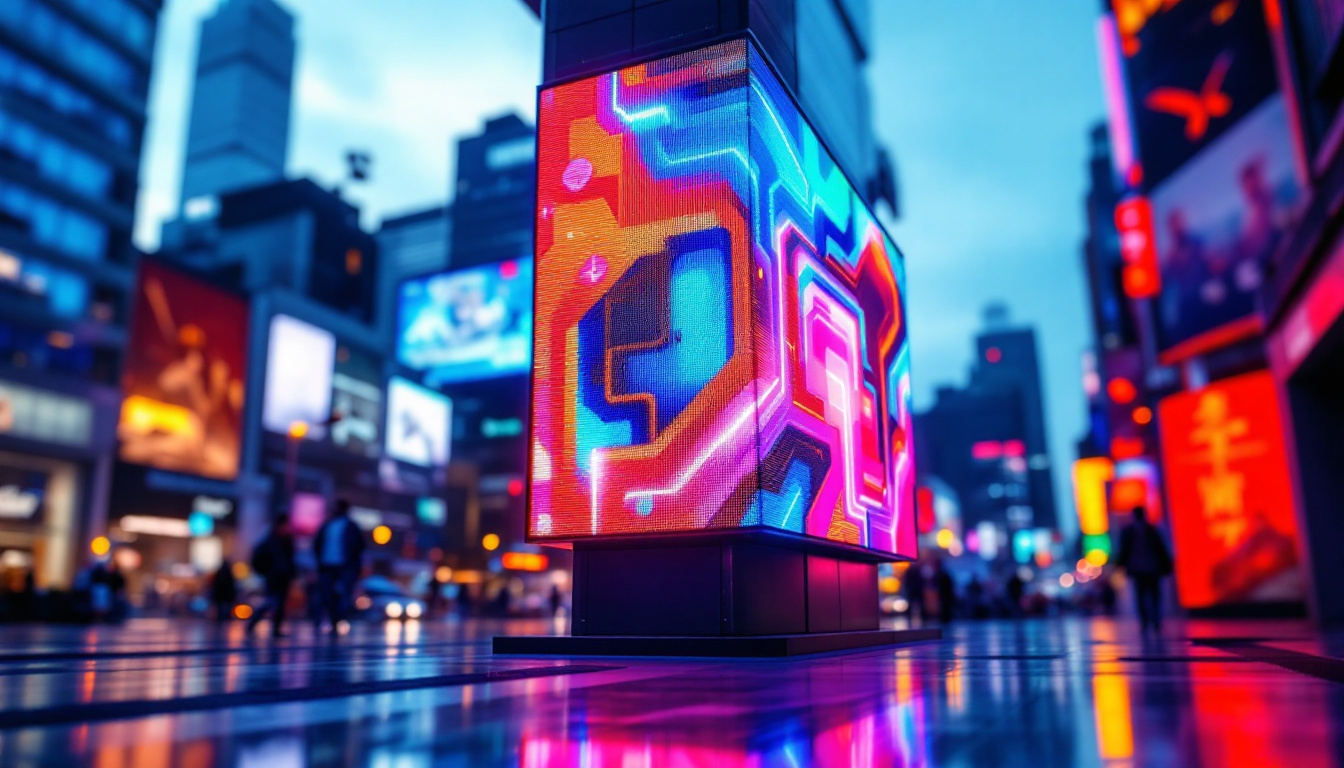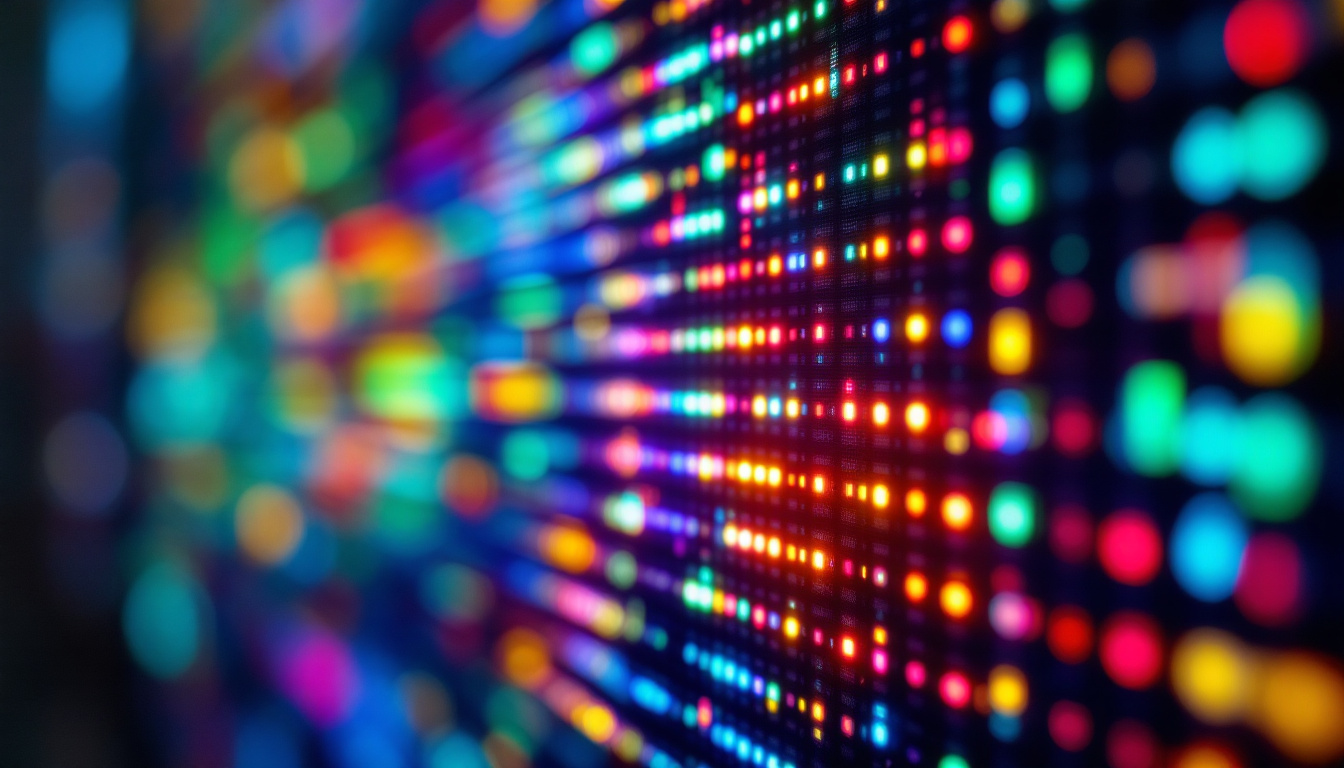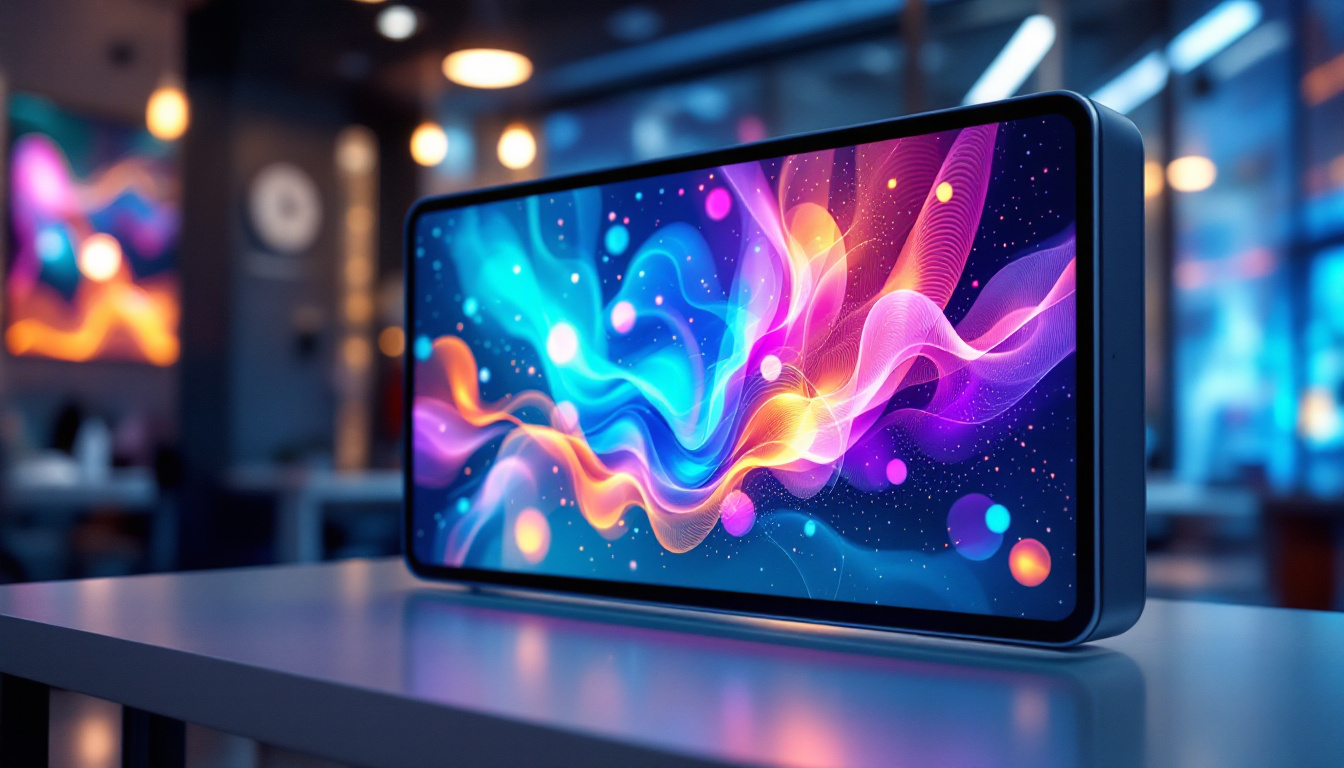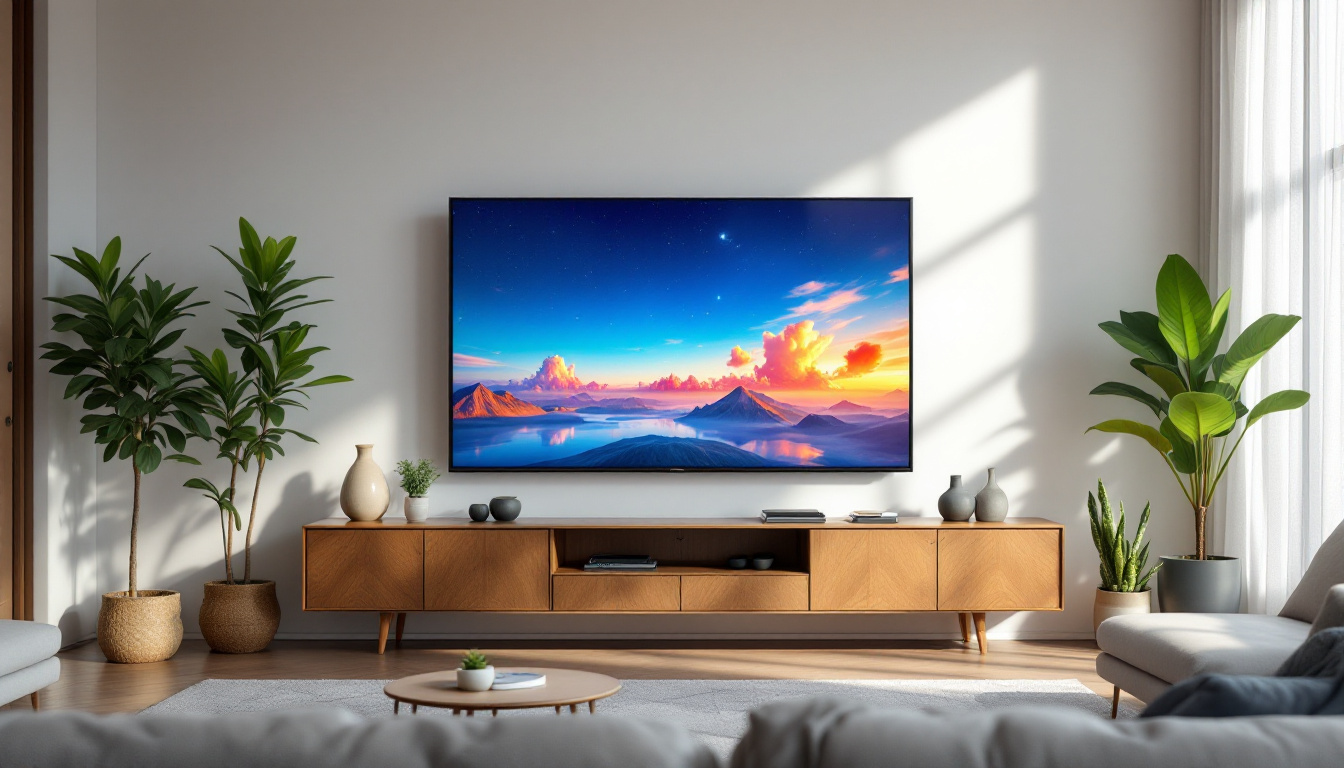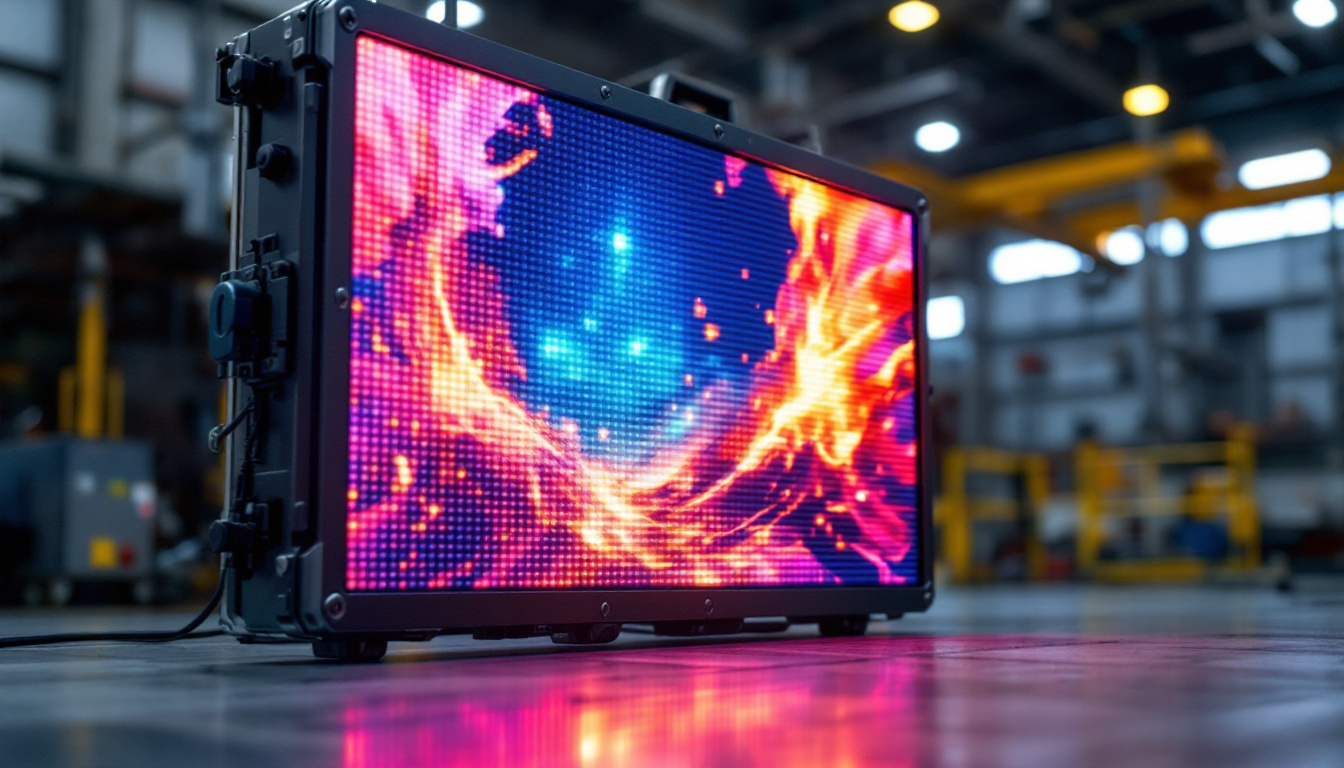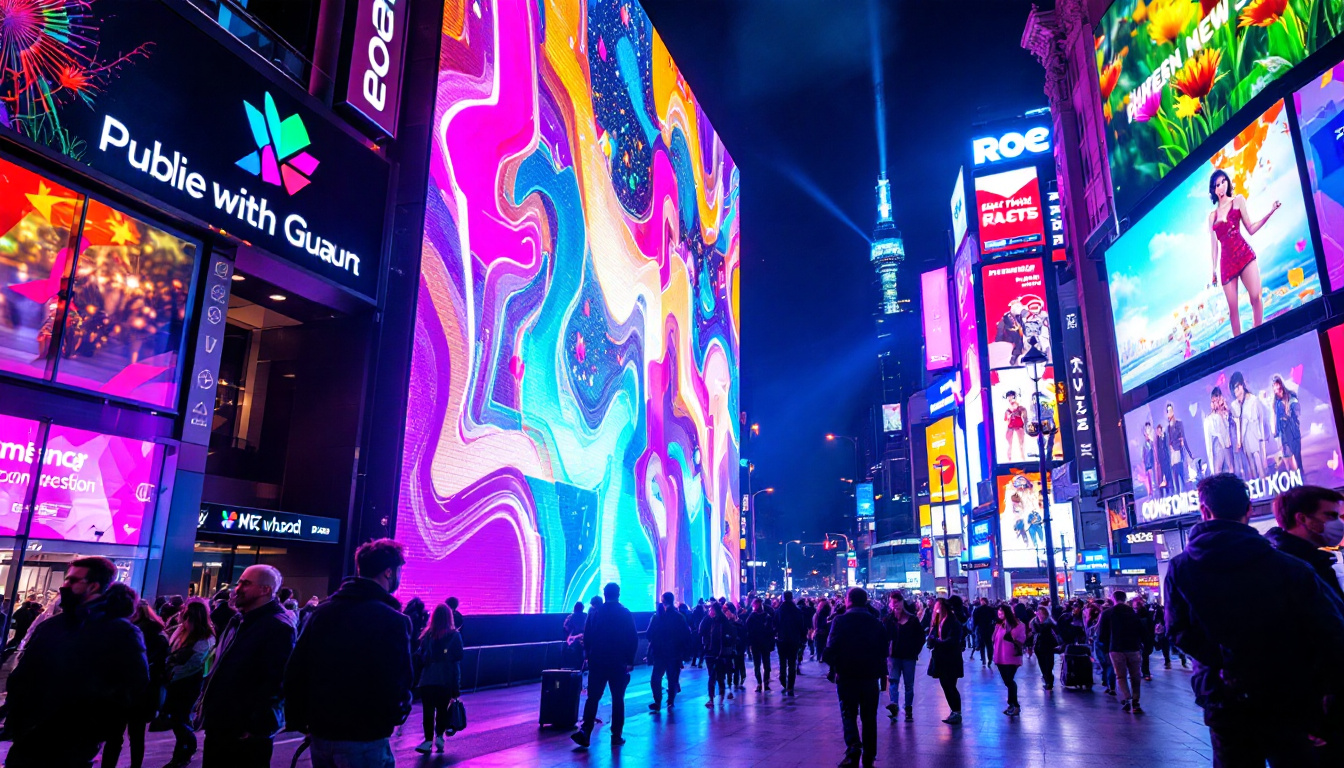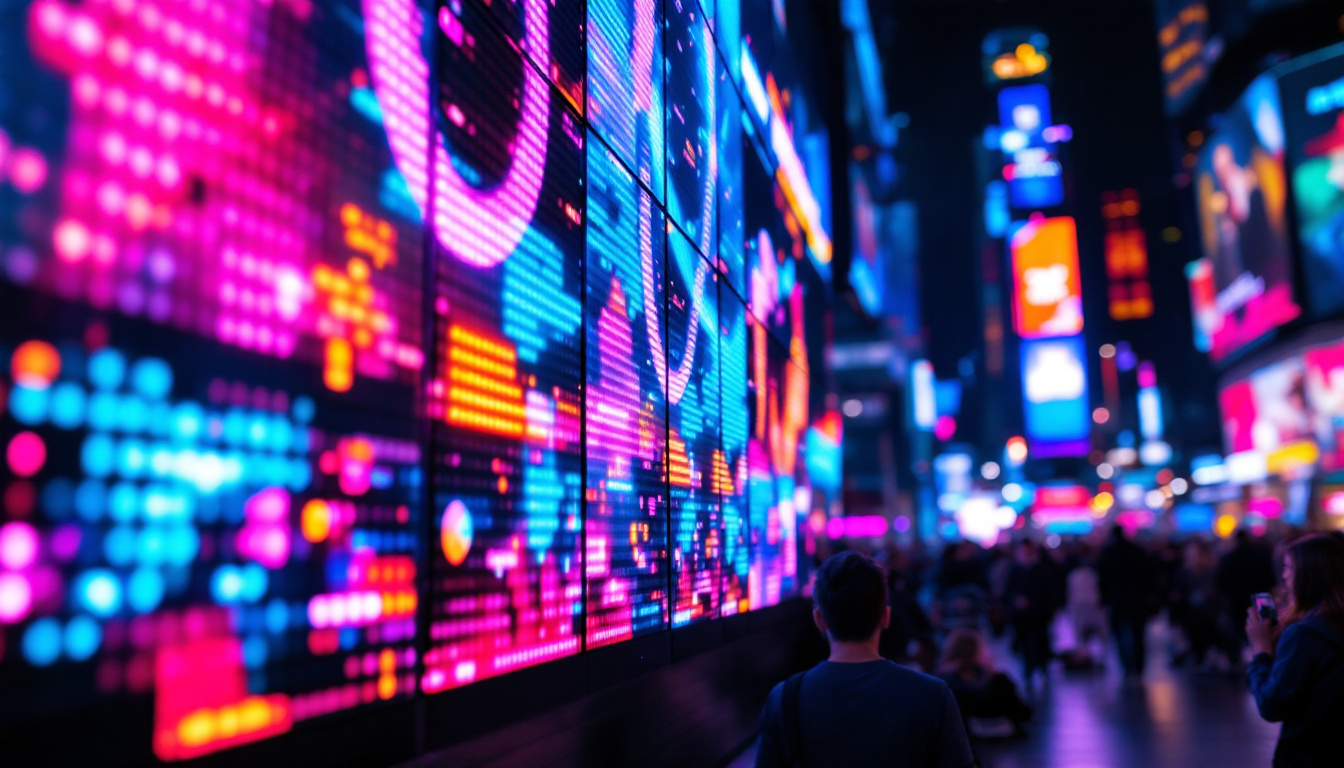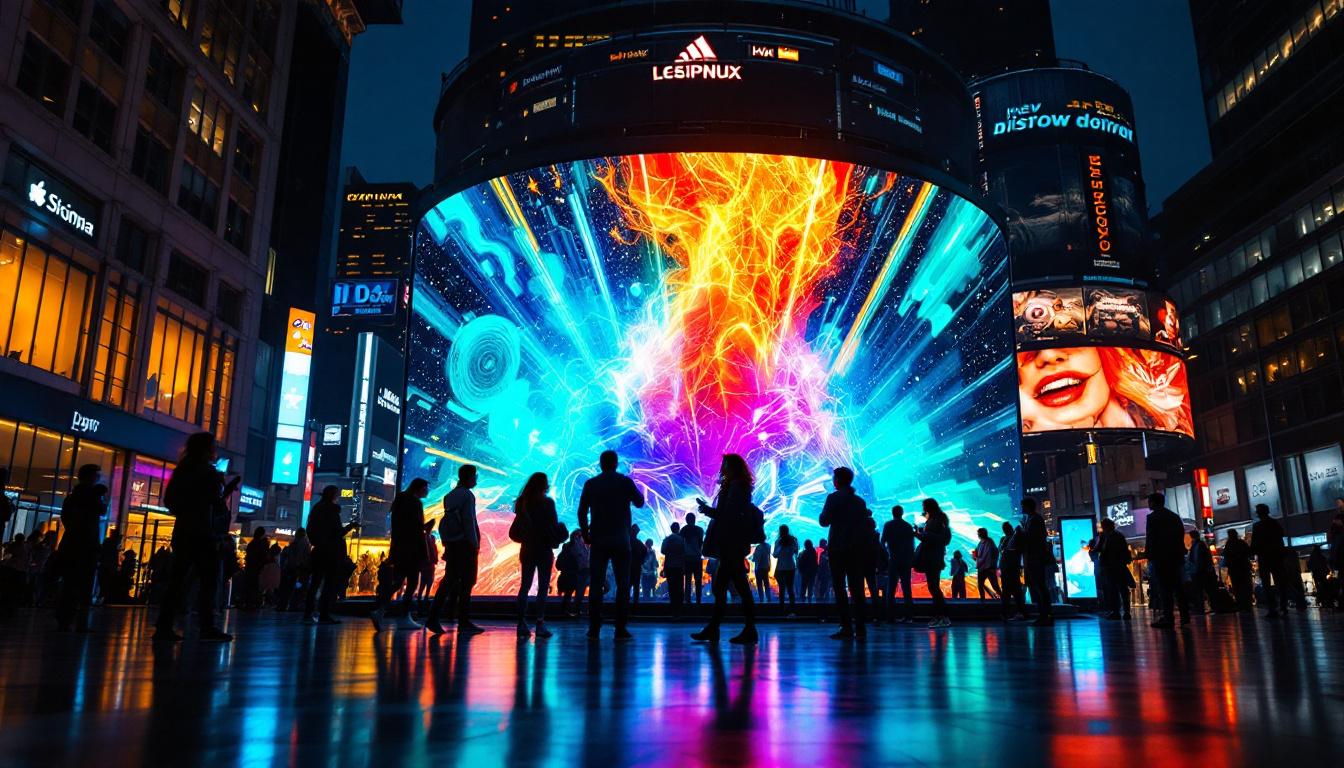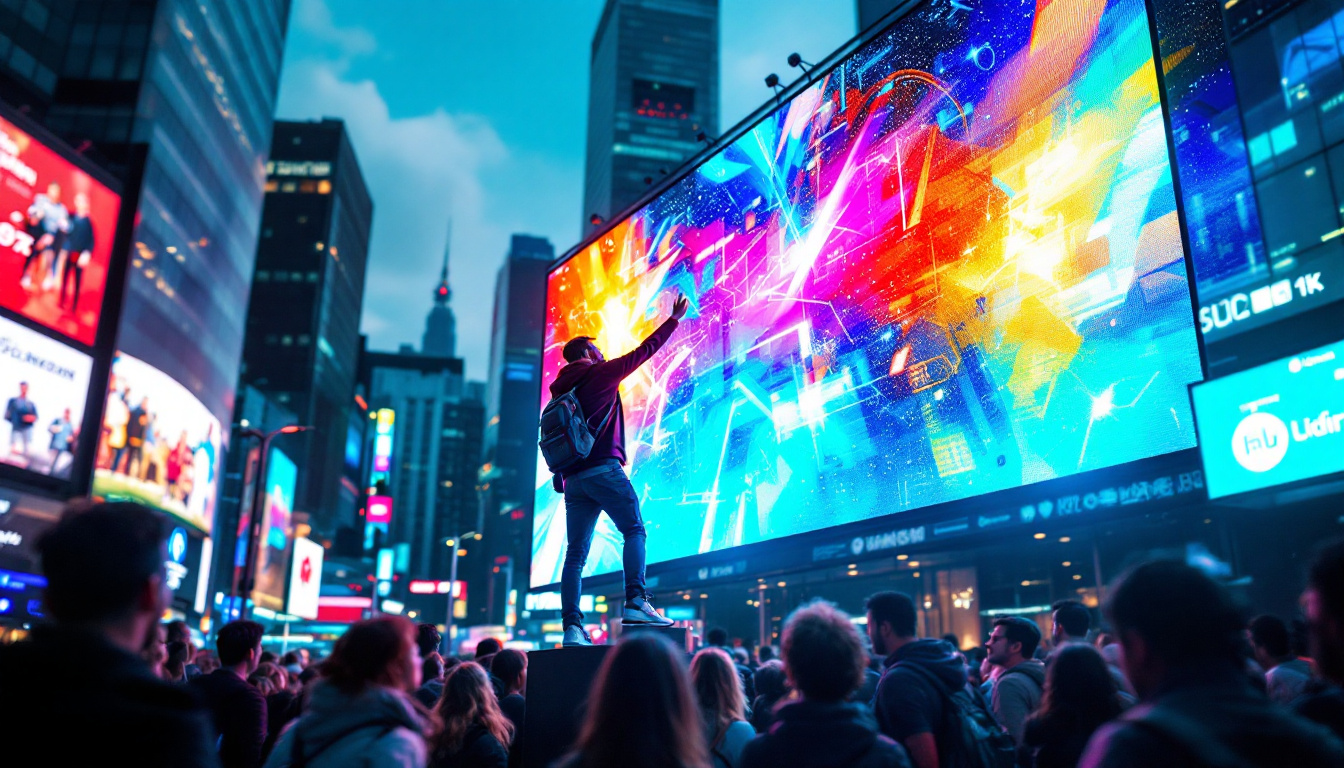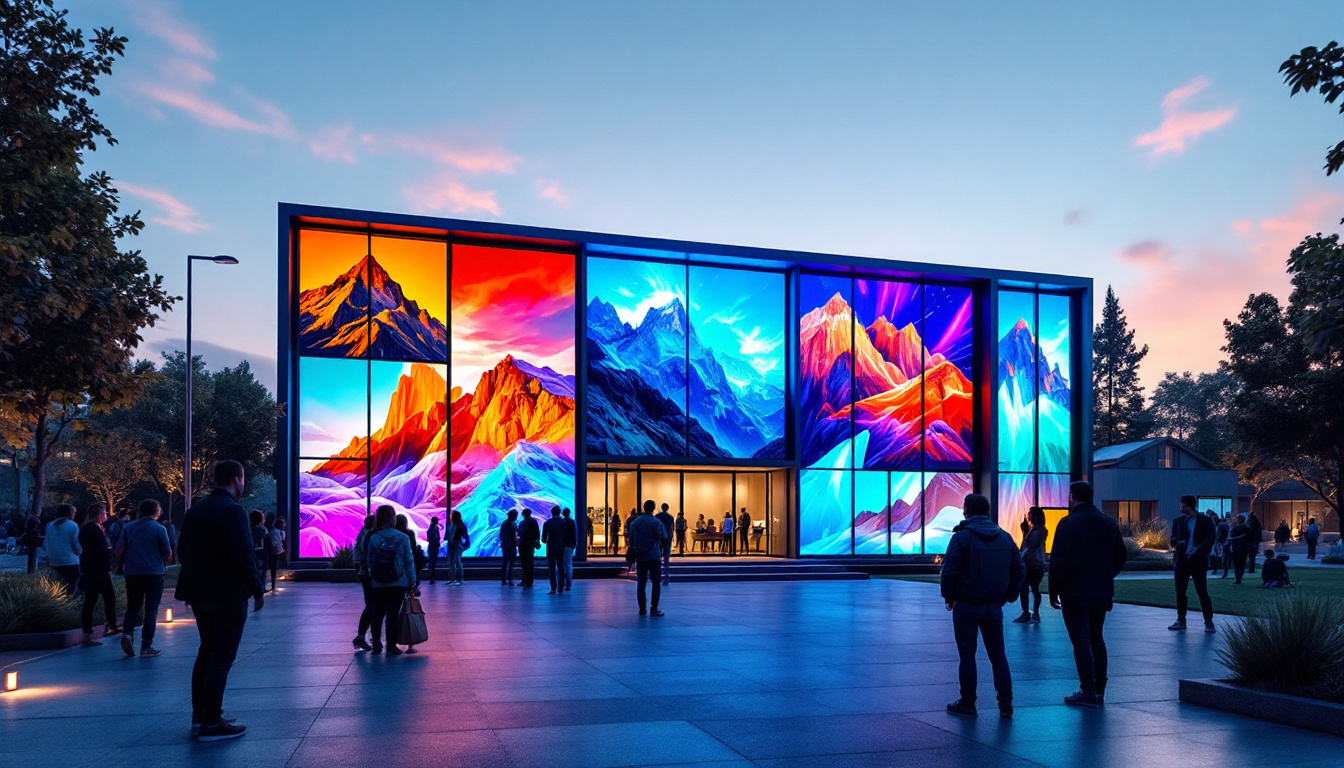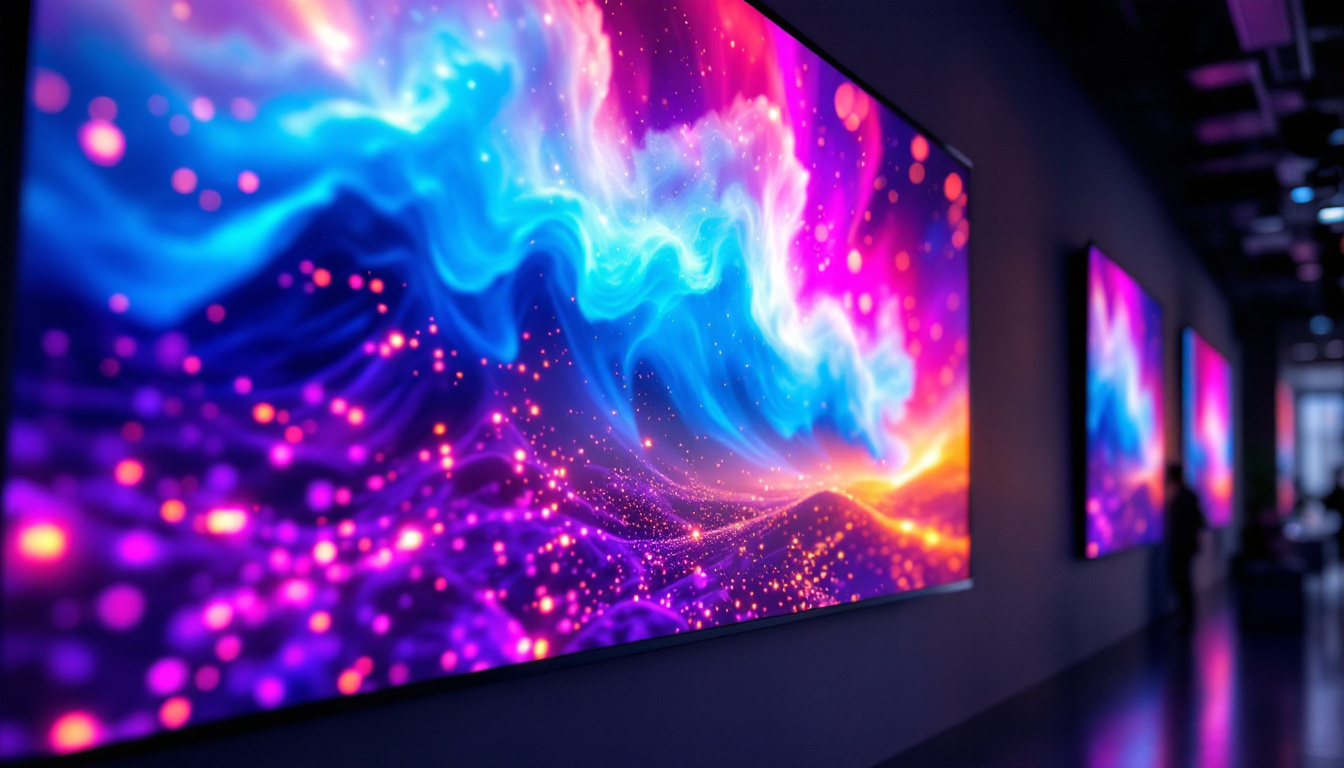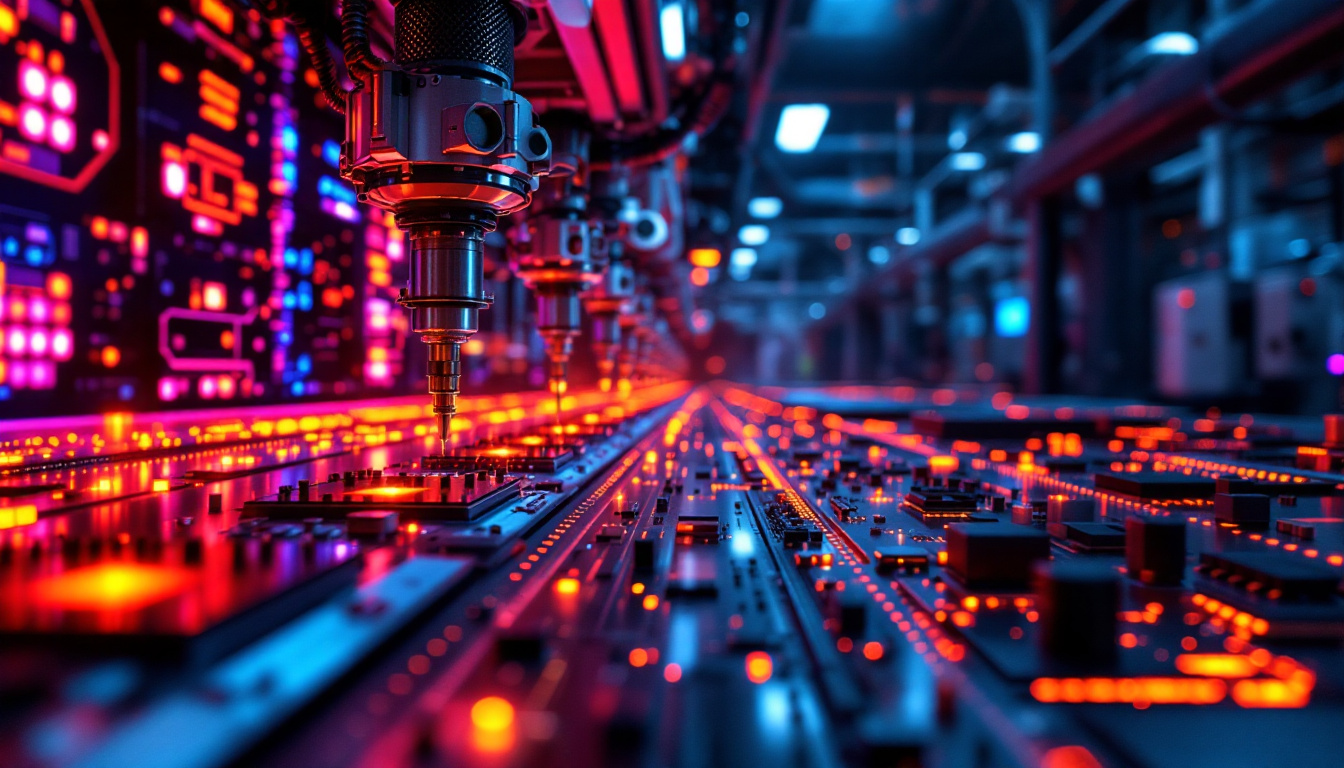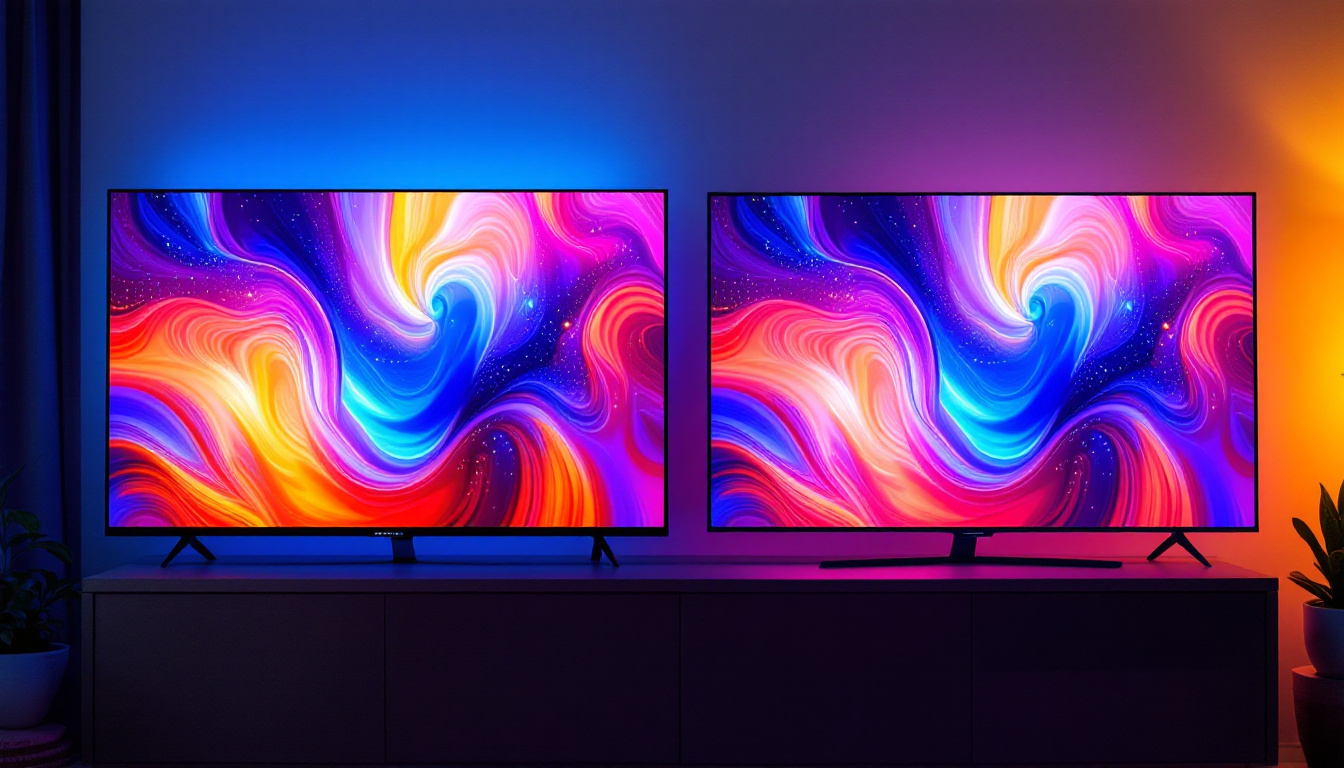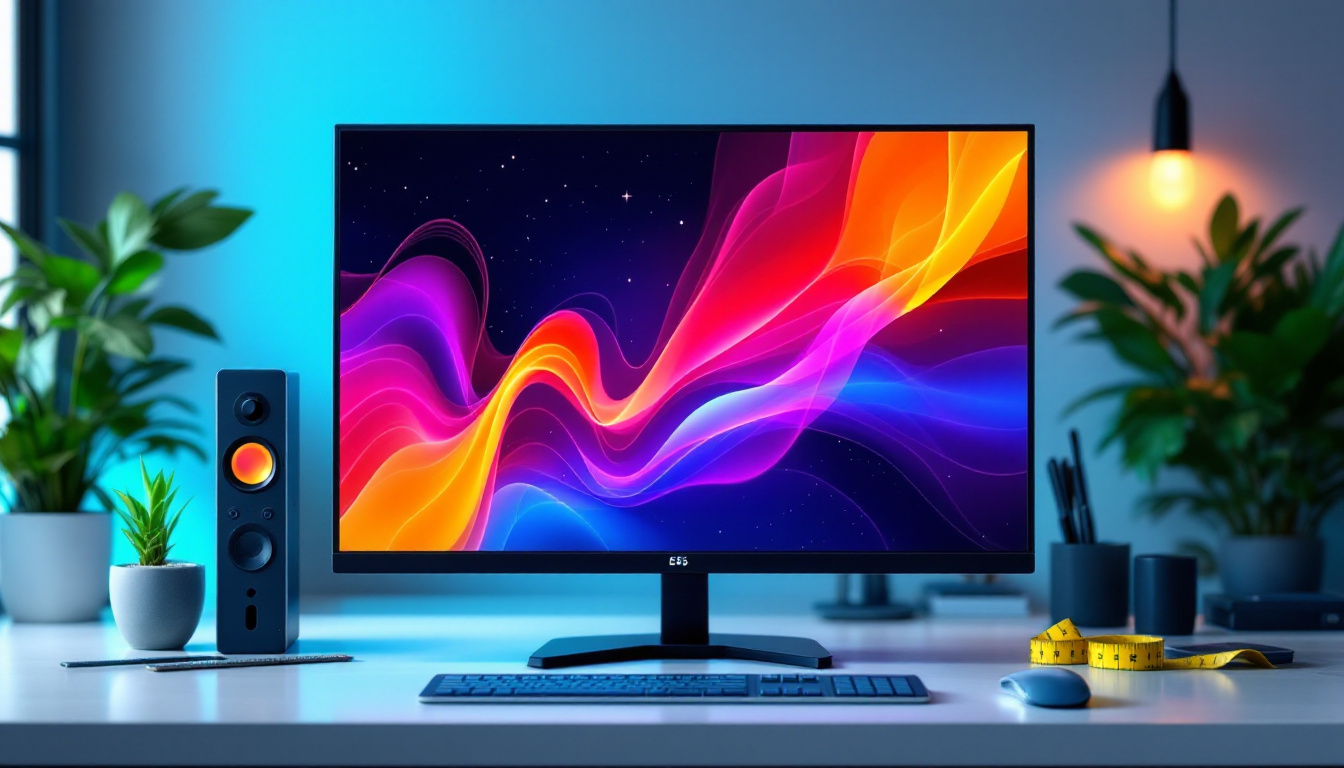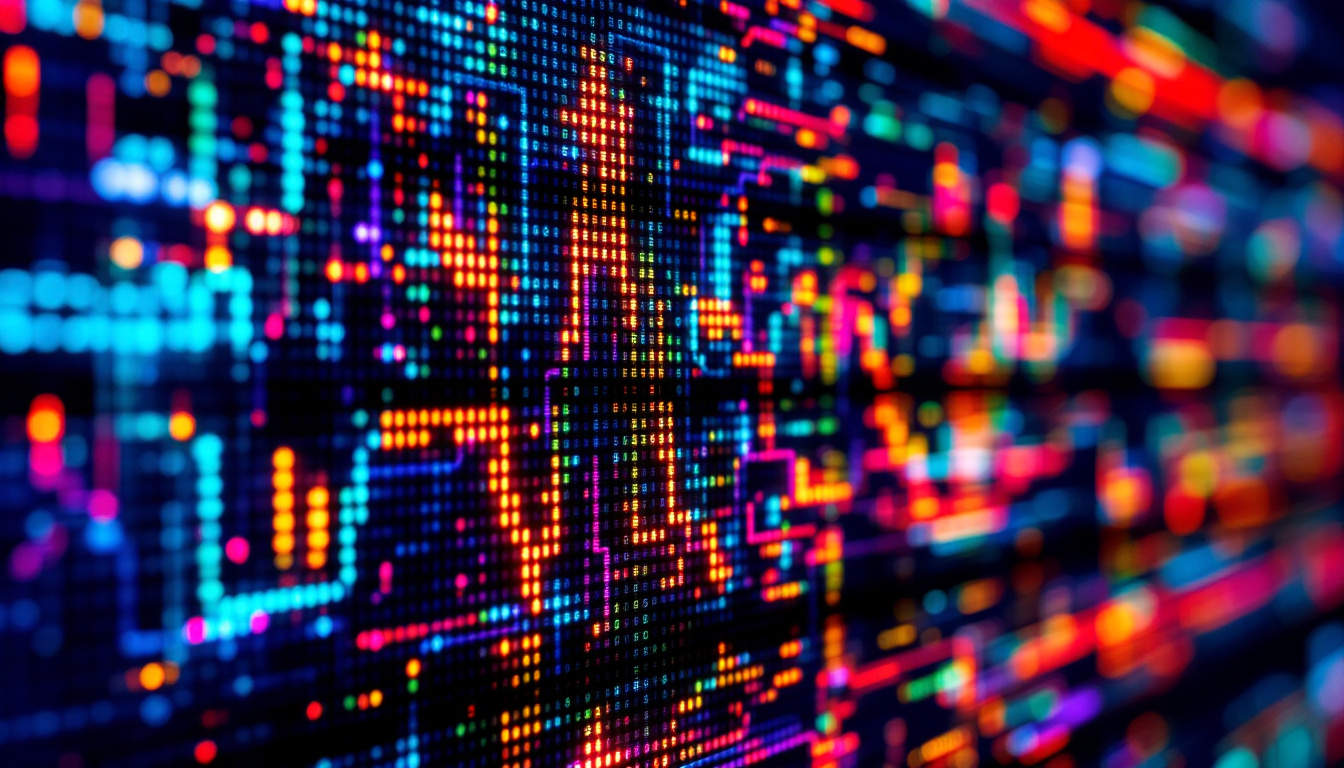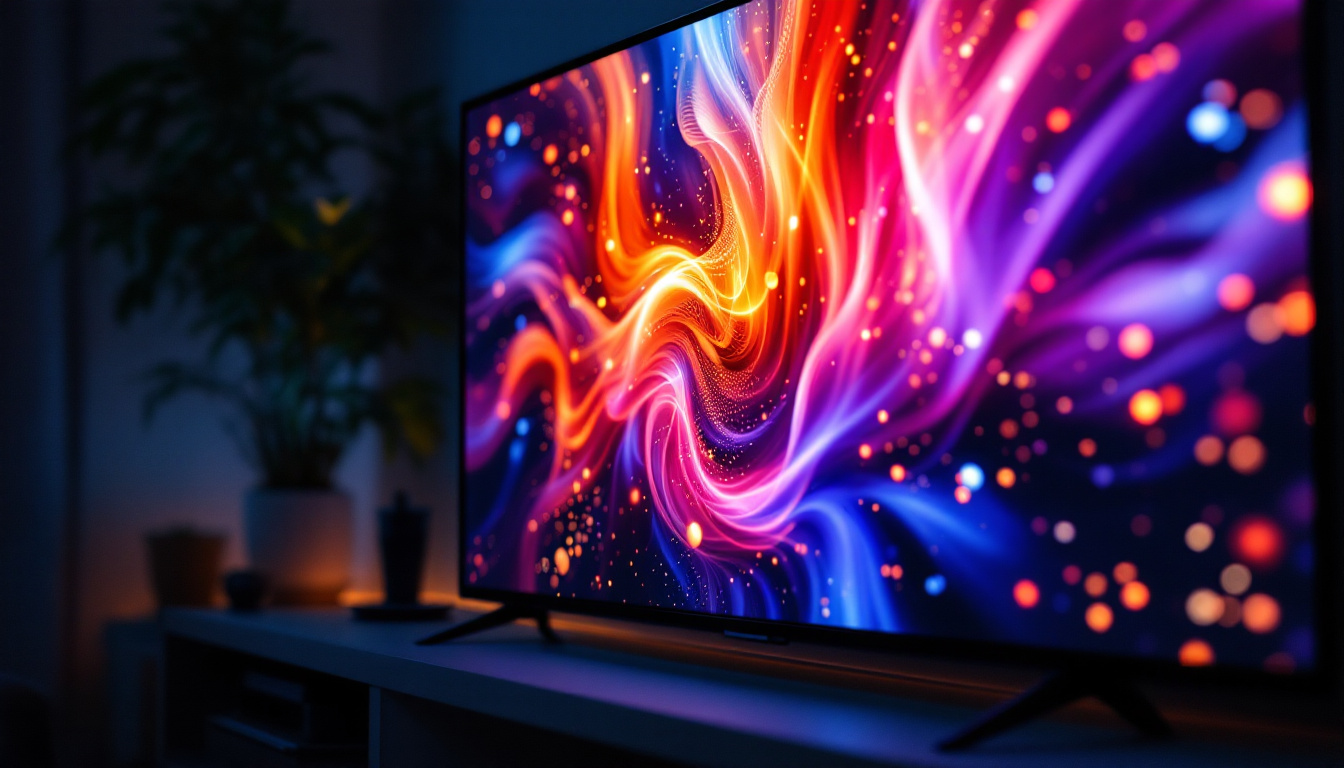In the realm of modern technology, LED displays have emerged as a cornerstone for visual communication. From advertising billboards to indoor screens in arenas, the versatility and efficiency of LED technology have transformed how information is conveyed. This article delves into the intricacies of LED displays, exploring their functionality, advantages, and applications across various sectors.
Understanding LED Technology
LED, or Light Emitting Diode, is a semiconductor device that emits light when an electric current passes through it. This technology has evolved significantly since its inception, leading to the development of vibrant and energy-efficient displays. The fundamental principle behind LEDs is electroluminescence, where electrons recombine with holes in the semiconductor, releasing energy in the form of photons. The efficiency of LEDs has made them a preferred choice in various applications, from household lighting to large-scale advertising displays, revolutionizing the way we perceive light and color.
The Basics of LED Displays
LED displays are composed of numerous tiny LEDs arranged in a grid. Each LED can produce different colors by varying the intensity of red, green, and blue light, allowing for a broad spectrum of colors to be displayed. This RGB (Red, Green, Blue) model is fundamental to creating images and videos on LED screens, providing a rich visual experience. The ability to control each pixel independently enables dynamic content, making LED displays ideal for everything from digital signage to immersive art installations.
These displays can be categorized into two main types: direct view and backlit. Direct view LED displays consist of individual LEDs that form the image directly, while backlit LED displays use LEDs to illuminate a liquid crystal display (LCD) panel. Both types have their unique advantages and applications, making them suitable for different environments. For instance, direct view displays are often utilized in environments where high brightness and contrast are essential, such as outdoor advertising, while backlit displays are more common in consumer electronics like televisions and computer monitors, where color accuracy and depth are prioritized.
Types of LED Displays
LED displays come in various forms, each tailored for specific uses. The most common types include:
- Indoor LED Displays: These are typically used in venues such as theaters, conference halls, and shopping malls. They offer high resolution and brightness, making them ideal for close-up viewing. Their versatility allows for seamless integration into various architectural designs, enhancing the aesthetic appeal of the space.
- Outdoor LED Displays: Designed to withstand harsh weather conditions, outdoor displays are brighter and more durable. They are commonly used for billboards, sports arenas, and public announcements. The advancements in weatherproofing technology ensure that these displays maintain their performance even in extreme temperatures and heavy rain, making them a reliable choice for outdoor advertising.
- Transparent LED Displays: These innovative displays allow light to pass through, making them suitable for applications where visibility is crucial, such as retail windows. By combining transparency with high-quality visuals, they create an engaging shopping experience, allowing customers to see products displayed behind the screen while still enjoying dynamic content.
Another emerging type of LED display is the flexible LED screen, which can be bent or shaped to fit unconventional spaces. This flexibility opens up new possibilities for creative installations, allowing designers to create immersive environments that were previously unattainable. Additionally, advancements in microLED technology are paving the way for even smaller and more efficient displays, promising higher resolutions and lower power consumption, which will further enhance the capabilities of LED technology in the future.
Advantages of LED Displays
LED displays offer a plethora of benefits that make them a preferred choice for various applications. Their energy efficiency, longevity, and superior visual quality are just a few of the reasons they have gained popularity.
Energy Efficiency
One of the standout features of LED technology is its energy efficiency. Compared to traditional display technologies such as LCD and plasma, LED displays consume significantly less power. This not only reduces operational costs but also minimizes the environmental impact, aligning with the growing emphasis on sustainability in technology.
Longevity and Durability
LED displays are known for their impressive lifespan, often lasting over 100,000 hours of use. This longevity translates to lower maintenance costs and less frequent replacements. Additionally, LED displays are more robust and resistant to shocks and vibrations, making them suitable for both indoor and outdoor environments.
Superior Visual Quality
When it comes to visual quality, LED displays excel in delivering bright, vibrant images with high contrast ratios. The ability to produce deep blacks and bright whites enhances the overall viewing experience. Furthermore, the quick response time of LED technology minimizes motion blur, making it ideal for dynamic content such as sports broadcasts and video games.
Applications of LED Displays
The versatility of LED displays allows them to be utilized across a wide range of industries. From entertainment to transportation, their applications are vast and varied.
Advertising and Marketing
In the advertising realm, LED displays have revolutionized how brands communicate with consumers. Digital billboards and signage can easily be updated in real-time, allowing for dynamic content that captures attention. This flexibility enables businesses to tailor their messages based on time, location, and audience demographics, leading to more effective marketing strategies.
Moreover, the eye-catching nature of LED displays makes them ideal for high-traffic areas. The bright colors and movement inherent in LED technology draw attention, increasing the likelihood of engagement with the advertised content.
Entertainment and Events
LED displays have become a staple in the entertainment industry, enhancing the visual experience at concerts, festivals, and sporting events. Large-scale LED screens provide immersive visuals that complement live performances, creating a captivating atmosphere for audiences.
Additionally, LED technology is used in stage productions for backdrops and lighting effects, allowing for seamless transitions and dynamic storytelling. The versatility of LED displays enables event organizers to create unique experiences that leave a lasting impression on attendees.
Transportation and Public Information
In transportation, LED displays play a crucial role in conveying information to passengers and drivers. Digital signage at airports, train stations, and bus terminals provides real-time updates on schedules and delays, enhancing the travel experience.
Furthermore, LED displays are commonly used in traffic management systems, displaying important information such as speed limits, road conditions, and warnings. This application not only improves safety but also contributes to more efficient traffic flow.
Future Trends in LED Display Technology
As technology continues to advance, the future of LED displays looks promising. Innovations in design, functionality, and interactivity are on the horizon, paving the way for even more engaging visual experiences.
MicroLED Technology
MicroLED is an emerging technology that promises to take LED displays to the next level. By utilizing microscopic LEDs, this technology offers higher resolution and improved color accuracy compared to traditional LED displays. MicroLED screens are also more energy-efficient and can be produced in flexible formats, allowing for creative applications in various settings.
Interactive Displays
The integration of touch and gesture recognition technology is set to enhance the interactivity of LED displays. This capability allows users to engage with content in real-time, making presentations and advertisements more engaging. Interactive displays are already being used in retail environments to provide personalized shopping experiences, and this trend is expected to grow.
Increased Customization
As demand for unique and tailored visual experiences rises, manufacturers are focusing on customization options for LED displays. This includes modular designs that allow for various shapes and sizes, enabling businesses to create displays that fit their specific needs. Customization not only enhances aesthetics but also improves functionality, making LED displays more versatile than ever.
Challenges and Considerations
Despite the many advantages of LED displays, there are challenges and considerations that potential users should be aware of. Understanding these factors can help in making informed decisions when investing in LED technology.
Initial Costs
While LED displays offer long-term savings due to their energy efficiency and durability, the initial investment can be significant. Businesses must weigh the upfront costs against the potential benefits and savings over time. It is essential to consider the specific application and expected return on investment when evaluating LED display options.
Brightness and Visibility
For outdoor LED displays, brightness is a critical factor. The display must be bright enough to remain visible in direct sunlight, which can be a challenge in certain environments. Additionally, the viewing angle should be considered to ensure that the content is legible from various positions, especially in crowded areas.
Content Management
Effective content management is vital for maximizing the impact of LED displays. Businesses must have a strategy in place for creating, scheduling, and updating content regularly. This can involve investing in content management systems and ensuring that staff are trained to use these tools effectively.
Conclusion
LED displays have undoubtedly transformed the landscape of visual communication, offering unparalleled advantages in terms of energy efficiency, durability, and visual quality. Their applications span a wide range of industries, making them an essential tool for advertising, entertainment, and public information.
As technology continues to evolve, the future of LED displays looks bright, with innovations such as MicroLED technology and interactive displays on the horizon. While there are challenges to consider, the benefits of LED displays far outweigh the drawbacks, making them a worthwhile investment for businesses looking to enhance their visual communication strategies.
In a world where capturing attention is paramount, LED displays stand out as a powerful medium for delivering messages and engaging audiences. The journey of LED technology is just beginning, and its potential is limitless.
Illuminate Your Message with LumenMatrix
Ready to elevate your visual communication with cutting-edge LED technology? LumenMatrix is at the forefront of innovation, offering a diverse range of LED display solutions tailored to your needs. From vibrant Indoor LED Walls to dynamic Outdoor LED Displays, and from versatile Vehicle LED Displays to engaging LED Sports Displays, our mission is to bring your brand to life. Discover how our state-of-the-art LED display modules can transform your space and captivate your audience. Check out LumenMatrix LED Display Solutions today and start creating unforgettable visual experiences.

